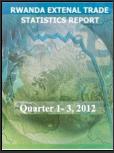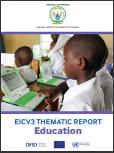RPHC4 Thematic Report: Migration and Spatial Mobility
whose place of birth is not the same as the current place of residence, and recent migration, i.e. persons who moved to their current district of residence five years or less prior to the Census. The data indicate that migration
RPHC4 Thematic Report: Educational Characteristics of the Population
This report focuses on the theme of education and uses data collected by the Fourth Rwanda Population and Housing Census in August 2012 (RPHC4). The report is structured into five chapters, with the first two providing an overview of the RPHC4 process and the objectives, context and methodological aspects of the analytical work. Chapter 3 of the report focuses on providing a snapshot of the highest level of education of the resident population aged three and above, while the school-age population and the population currently attending school are the focus of Chapter 4.
RPHC4 Thematic Report: Fertility
The objectives of the present report are to estimate the current levels of fertility, trends over time, geographical and socio-economic variations in fertility in Rwanda. The three main findings of the analysis are:
RPHC4 Thematic Report: Gender
The results of the 2012 Census show that Rwanda had a total resident population in that year of 10,515,973, of which 5,451,105 were females, representing 52% of the population. There were around 386,000 more
females than males. At national level, women outnumbered men in rural areas (53%), while the opposite was the case in urban areas (where 49% are female).
RPHC4 Thematic Report: Mortality
The objective of the present analysis was to analyse the level, trends and pattern of: (i) mortality among the general population; (ii) early childhood mortality; (iii) adult mortality; and (iv) mortality among the elderly. The main findings is that mortality remains generally high in Rwanda but has decreased substantially over time, especially among children aged 0.
RPHC4 Thematic Report: Marital status and Nuptiality
The analysis of marital status and nuptiality is important in helping us to understand the dynamics of a society and how it changes over time. Marriage is an important factor in regard to fertility, especially in Rwanda where thelarge majority of children are born in wedlock.
The results of the Fourth Rwanda Population and Housing Census (RPHC4) show that nearly half of the population aged 12 and above is married. However, between 1978 and 2012 the percentage of married people has decreased.
Foreign Private Capital Census Report 2011
RPHC4 : Provisional Results
External Trade Statistics (Quarter 1-3, 2012)
In the July-September quarter, Rwanda’s total trade of US$600.1 million was made up of imports of US$468.6 million, exports of US$110.3 million, and re-exports of US$21.2 million.
EICV 3 THEMATIC REPORT - Education
The 10 thematic reports in this series are: (i) Economic Activity; (ii) Utilities and Amenities (water/sanitation/energy/housing/transport/ICT); (iii) Social Protection; (iv) Environment and Natural Resources; (v) Consumption; (vi) Gender; (vii) Youth; (viii) Education; (ix) Agriculture and (x) Income.

![[title]](https://statistics.gov.rw/sites/default/files/styles/pub_small_112x150_/public/publications/38e203c4-2230-476d-81ae-7f8690183b15/migration_spatial_mor.jpg?itok=BuLoptO3)
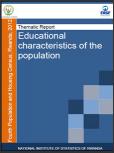
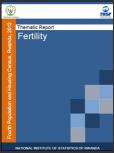
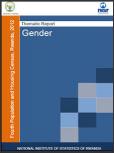
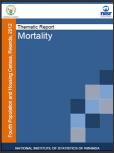
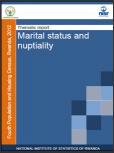
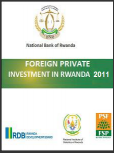
![[title]](https://statistics.gov.rw/sites/default/files/styles/pub_small_112x150_/public/publications/2d167973-f1a0-4ae1-94ec-eb4ede70d6f7/cover_census.jpg?itok=_tKkDibW)
